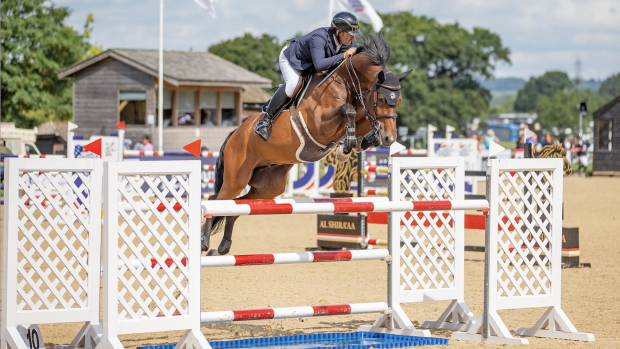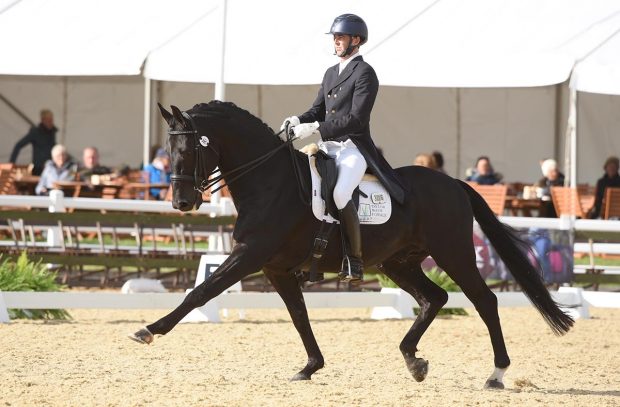Breeders’ Quality Mark
The Breeders’ Quality Mark (BQM) is awarded through assessment of studs and AI centres and is in recognition of high standards and rigorous record-keeping. Around sixteen studs have so far been awarded the BQM, with others under appraisal.
Young Horse Evaluations (YHE)
Four-year-old horses are evaluated by a panel of judges, including a vet. The format is adapted from a system used in Sweden. The aim is to assess ability and potential soundness through conformation, trainability, paces, jumping ability and temperament. Horses with high scores are those considered good future breeding stock or as having a specific sporting talent. The evaluations also provide information for genetic indices.
Futurity Scheme
This is designed to encourage breeders, owners and trainers to bring young horses (foals to six-year-olds) into the public eye. The enrolment fees provide a pool of prize-money and horses are judged on conformation, paces and suitability of type. Those that reach set standards are awarded premiums of varying categories. A parallel competition rewards sires.
National Equine Database (NED)
The availability of reliable data is pivotal to success. NED is an online database utilising data from breed societies and the sporting disciplines. The information available (at a charge) will include that previously provided by the British Horse Database, plus additional elements, such as YHE data.
Breeding indices
A project that will take the longest to implement, due to the complexity of factors. The use of breeding indices completely revolutionised the dairy industry, and Dutch, German and Swedish horse breeding systems have employed genetic indices for more than 30 years. Research is under way to develop a model, which will rely on NED as a source of data.



